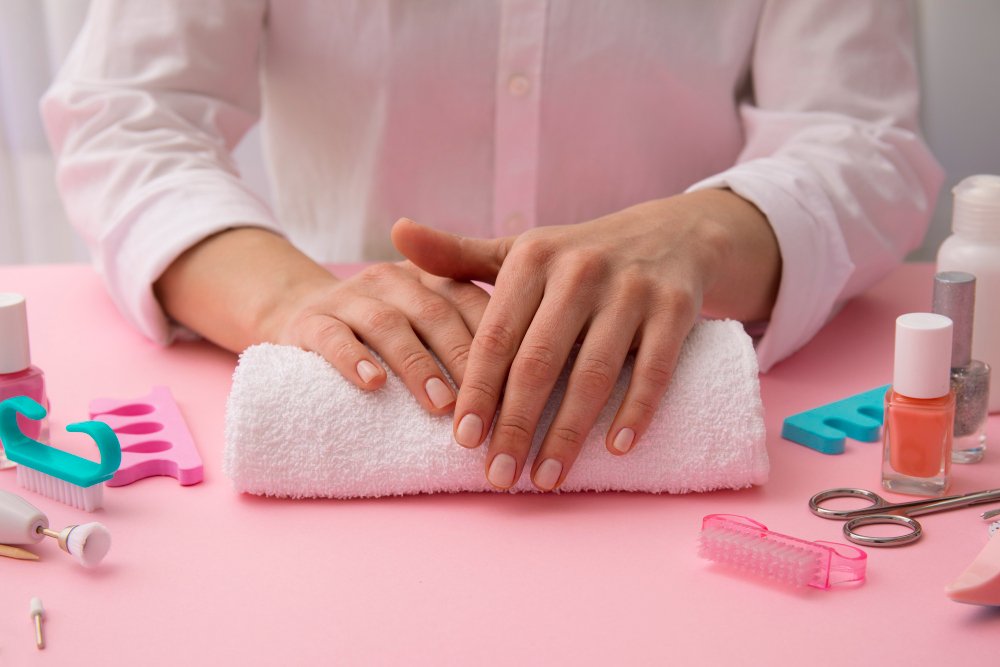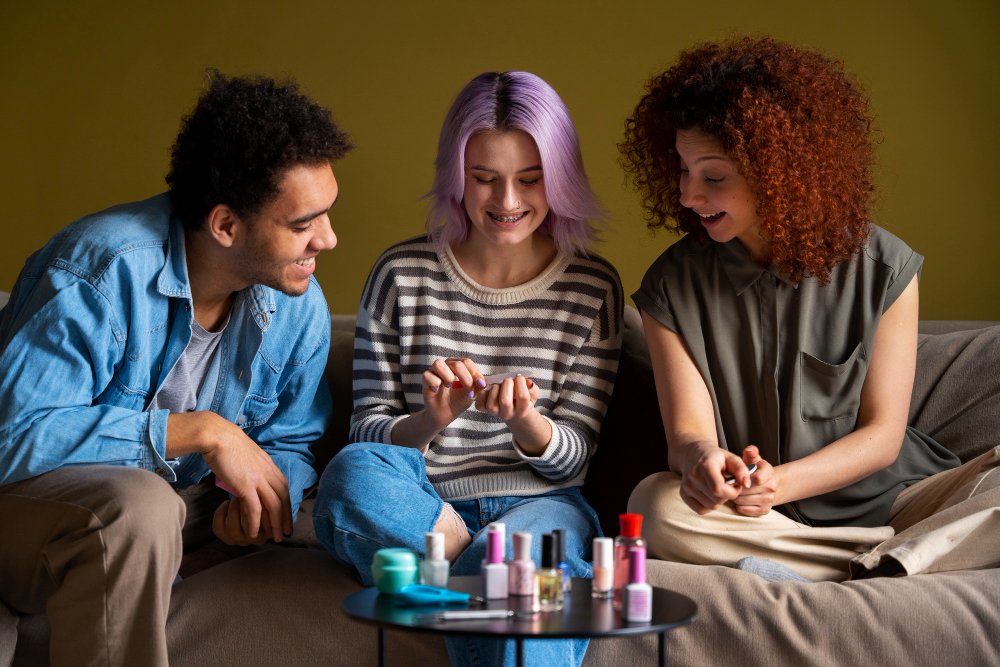
Stepping into a nail salon is often a ritual of relaxation and self-care. You settle into the chair, pick your polish, and anticipate beautiful nails. But beneath the soothing music and the hum of the drills, there are a few unspoken truths your nail technician might not disclose. Knowing these can empower you to make healthier, safer choices for your nails and your wallet.
Here’s an insider look at what your nail salon might not be telling you:
1. Their Sterilization Practices Might Not Be Up to Par
This is perhaps the most crucial secret. While most reputable nail salons prioritize hygiene, some might cut corners. Tools that aren’t properly sterilized can transmit fungal infections, bacteria, and even viruses.

- What they might not tell you: Not all salons use medical-grade autoclaves (heat sterilization) for metal tools. Some might only use Barbicide (a blue disinfectant liquid), which is good for sanitizing but doesn’t kill all spores and viruses. Foot baths can also harbor bacteria if not thoroughly cleaned and disinfected between clients.
- What you should do: Don’t be afraid to ask about their sterilization methods. Look for tools being removed from sealed, sterilized pouches. If they’re just pulled from a jar of blue liquid, ask if they’ve been autoclaved. Observe if technicians are washing their hands and using fresh gloves for each client.
2. That “Amazing Deal” Might Come with a Cost (Like MMA)
You’ve seen the signs: incredibly cheap full sets or fills. While a good deal is always welcome, be wary of prices that seem too good to be true, especially for acrylics.

- What they might not tell you: Some salons use Methyl Methacrylate (MMA) in their acrylics. MMA is a dental product, not approved for use on nails by many regulatory bodies, and can cause severe damage to your natural nails, allergic reactions, and even respiratory issues due to its strong, distinct chemical odor. It’s also incredibly difficult to remove, often requiring harsh filing that further damages the nail plate.
- What you should do: Ask if they use Ethyl Methacrylate (EMA) instead of MMA. EMA is the industry standard and much safer. If you notice a strong, unusual chemical smell or experience pain during application or removal, it’s a red flag.
3. Over-filing can Seriously Weaken Your Natural Nails
Whether it’s during a gel manicure, acrylic application, or even a simple polish change, excessive buffing and filing can thin and weaken your nail plate over time.

- What they might not tell you: To ensure better adhesion of products like gel or acrylic, some technicians might over-file the natural nail. This removes protective layers, making your nails brittle, prone to breaking, and more susceptible to infection.
- What you should do: Speak up if you feel discomfort or excessive pressure during filing. Your nails should feel smooth, not tender or burning. Opt for gentle buffing rather than aggressive filing.
4. Your Cuticles Aren’t Meant to Be Aggressively Cut
The cuticle acts as a natural barrier, protecting your nail matrix (where the nail grows from) from bacteria and infection.

- What they might not tell you: Many salons will aggressively cut or “nip” your cuticles to create a cleaner look. While tidying up dead skin is fine, cutting live cuticle tissue leaves your nails vulnerable to infection, inflammation, and can even lead to more ragged cuticles in the long run.
- What you should do: Ask your technician to gently push back your cuticles instead of cutting them. If they insist on cutting, clarify that you only want dead skin removed.
5. They Might Be Upselling Services You Don’t Need
From callus removers to paraffin wax treatments, nail salons offer a myriad of add-ons. While some are genuinely beneficial, others might just be padding the bill.

- What they might not tell you: Not every add-on is necessary for healthy nails or a good manicure. Some services are pushed simply to increase the total cost of your visit.
- What you should do: Understand what each service entails and whether it aligns with your needs. Don’t feel pressured to accept every suggestion. It’s perfectly okay to decline.
6. Your “Gel Manicure” Might Not Be 100% Gel
The term “gel” is often used loosely in the nail industry. There’s a difference between true gel polish and other long-lasting polishes.

- What they might not tell you: Some salons might use “gel-like” polishes or dip powders (which are acrylic-based) and market them as gel manicures. While these can also be durable, their application and removal methods differ, and they might not offer the same flexibility or ease of removal as true gel polish.
- What you should do: If you’re specifically looking for a gel manicure, ask about the brand of gel polish they use and how it’s applied and removed. True gel polish requires UV/LED light curing and can be removed with acetone.
7. Speaking Up Is Always Your Right
Ultimately, your comfort and nail health are paramount. Many people feel awkward or shy about voicing concerns during a service.

- What they might not tell you: They want you to be happy, but they can’t address issues they don’t know about. If something hurts, feels wrong, or isn’t what you asked for, it’s crucial to communicate.
- What you should do: Don’t hesitate to speak up politely but firmly if you experience pain, discomfort, or if you’re unhappy with the service. A skilled technician will appreciate the feedback and make adjustments accordingly.
By being informed and asking the right questions, you can ensure your next nail salon visit is not only relaxing but also safe, healthy, and exactly what you hoped for. Happy pampering!










